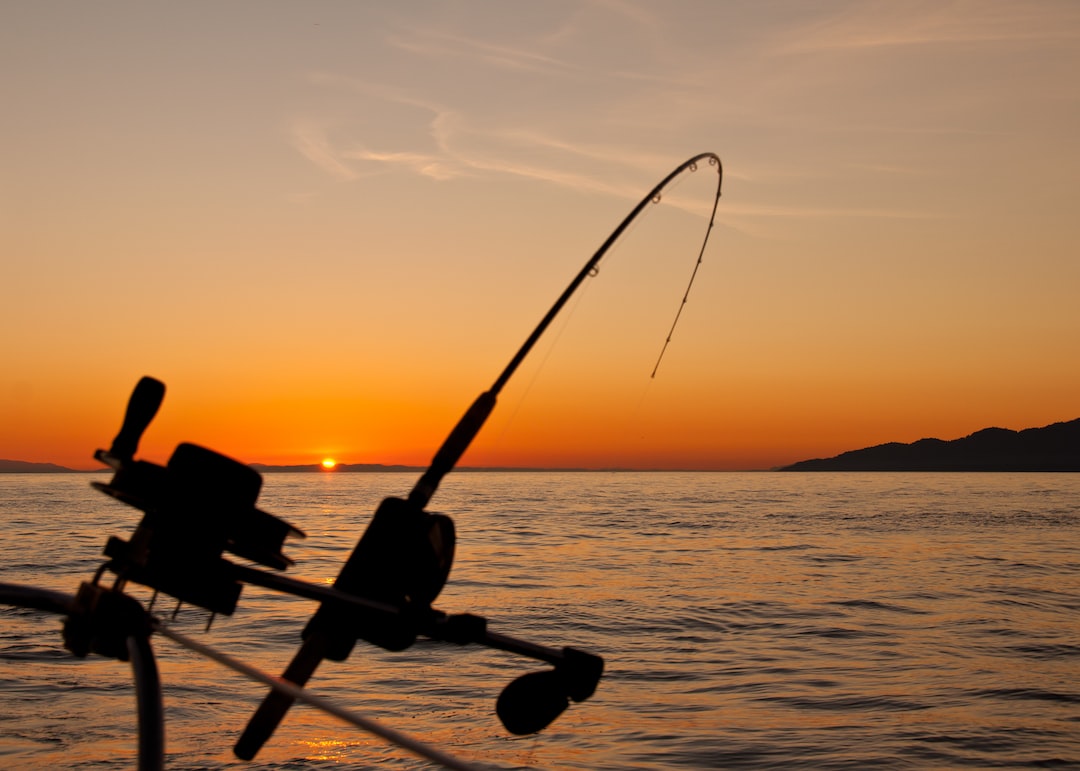Understanding the Fundamentals of Macro Photography
In the world of photography, macro photography is a unique and fascinating genre that allows us to explore and capture the intricate details of the minuscule world around us. With the ability to magnify and reveal hidden beauty, macro photography opens up a whole new dimension for photographers to immerse themselves in. Whether you are an aspiring photographer or just looking to expand your photography skillset, understanding the fundamentals of macro photography is essential to capture stunning close-up shots.
What is Macro Photography?
Macro photography refers to the practice of capturing subjects at a close proximity, usually magnifying them to life-size or even beyond. It allows photographers to reveal the intricate details of the subject that are often unseen by the naked eye. From capturing the tiny patterns on a butterfly’s wings to the delicate veins of a leaf, macro photography reveals a world full of beauty that would otherwise go unnoticed.
Equipment for Macro Photography
To delve into macro photography, you will need a few essential pieces of equipment. Firstly, a dedicated macro lens is highly recommended for capturing details at a close range. These lenses are designed to produce a high magnification ratio, allowing you to focus on subjects just inches away from your camera. In addition to a macro lens, you may also consider using extension tubes or close-up filters, which can be attached to regular lenses to achieve a similar effect.
A sturdy tripod is also crucial for macro photography. As you will be working with close-up subjects, stability is key to avoid blurry images caused by camera shake. A tripod eliminates any shake from being introduced into your shots and ensures your images are crisp and sharp.
Lighting is another crucial aspect of macro photography. Natural light can work wonderfully, especially during sunrise or sunset when the light is soft and warm. However, for consistent and controlled lighting, consider investing in a macro ring flash or a dedicated macro flash kit. These accessories provide even illumination, eliminating harsh shadows and allowing you to capture the finest details of your subject.
Mastering Depth of Field
One of the most important aspects of macro photography is understanding and controlling depth of field. Depth of field refers to the range of distance in a photo that appears acceptably sharp. In macro photography, a shallow depth of field is often employed to isolate the subject and create a dreamy, ethereal effect. However, this narrow depth of field means that only a small portion of the subject will be in focus, requiring precision in focus point selection.
To achieve a greater depth of field in macro photography, a technique called focus stacking can be used. Focus stacking involves taking multiple shots of the same subject, each focusing on a different area, and then combining them in post-processing to create a final image with extended sharpness. This technique is particularly useful when capturing highly detailed subjects where maintaining focus throughout the image is essential.
Composition and Creativity
While technical aspects, such as equipment and depth of field, are crucial to macro photography, composition and creativity play an equally important role. Macro photography offers endless possibilities for creative expression. Experiment with different angles, perspectives, and compositions to add interest and uniqueness to your images. Consider capturing the subject from eye level, from below, or even from directly above to present a fresh and unique perspective.
Additionally, don’t be afraid to incorporate elements from the surrounding environment to add context or create a story within your macro shots. Think about how various textures, colors, or patterns can enhance the overall aesthetic of your composition. Incorporating negative space around your subject can also help draw attention to the main focal point and create a visually pleasing composition.
Conclusion
Understanding the fundamentals of macro photography opens up a realm of possibilities for capturing breathtaking images. From the tiny world of insects and flowers to everyday objects, macro photography allows us to explore and appreciate the beauty of detail. Mastering macro photography requires a combination of technical knowledge, such as equipment and depth of field, as well as creative composition and experimentation. So grab your macro lens, explore the miniature world around you, and unlock the hidden beauty that exists at our fingertips.

